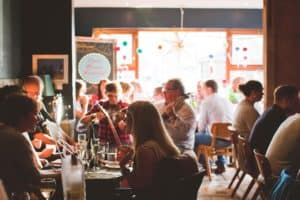A Leprechaun Tale from the Legends of Old Ireland – 11 Interesting Facts About the Irish Mischievous Fairies
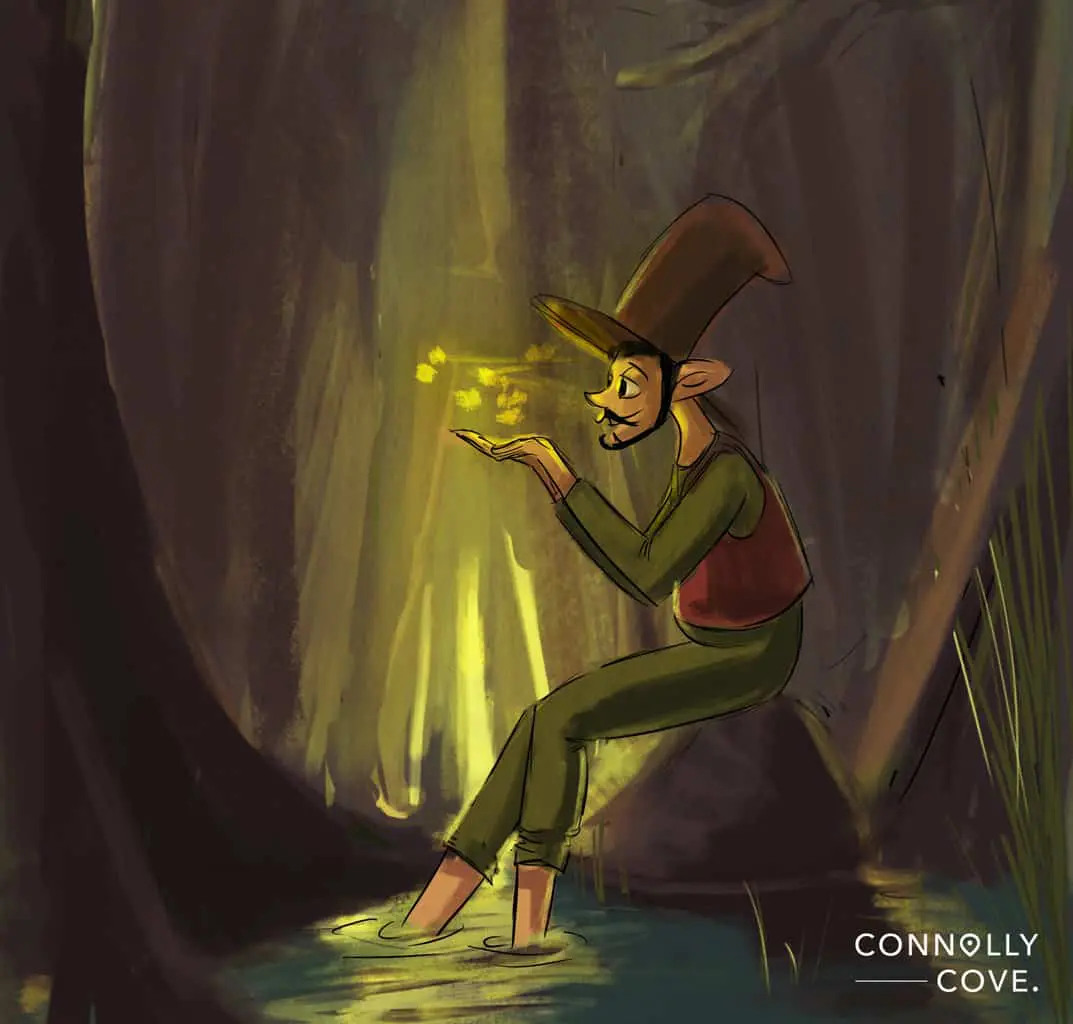
Updated On: April 22, 2024 by Miranne Khaled
People from different parts of the world have always been captivated by Celtic folklore’s compelling legends and myths. It’s a treasure trove that features a plethora of unique creatures that aren’t to be found in other folktales. Out of all the mythical creatures presented in Irish legends, leprechauns are, perhaps, by far the most fascinating of all.
The magic of Irish folklore has been regaling readers for generations. It may feature numerous fantastical beings, like Banshees and selkies, to name a few, but the little fairies remain the most well-known. Those petite fairies are quite enchanting, given the combination of their tiny bodies and sharp wits.
The realm of the leprechauns is rather enchanting; they are the best fairy cobblers, obtain pots of gold, and always have a prank to pull on those who cross their paths. But, seriously, who exactly are the leprechauns, where they came from, do they really exist, and what did they look like? Being here clearly indicates your interest in knowing more about those little creatures with mischievous grins.
So, let’s embark on an enchanting journey and unravel the secrets of the wondrous world of leprechauns.
Do the Leprechauns Really Exist?
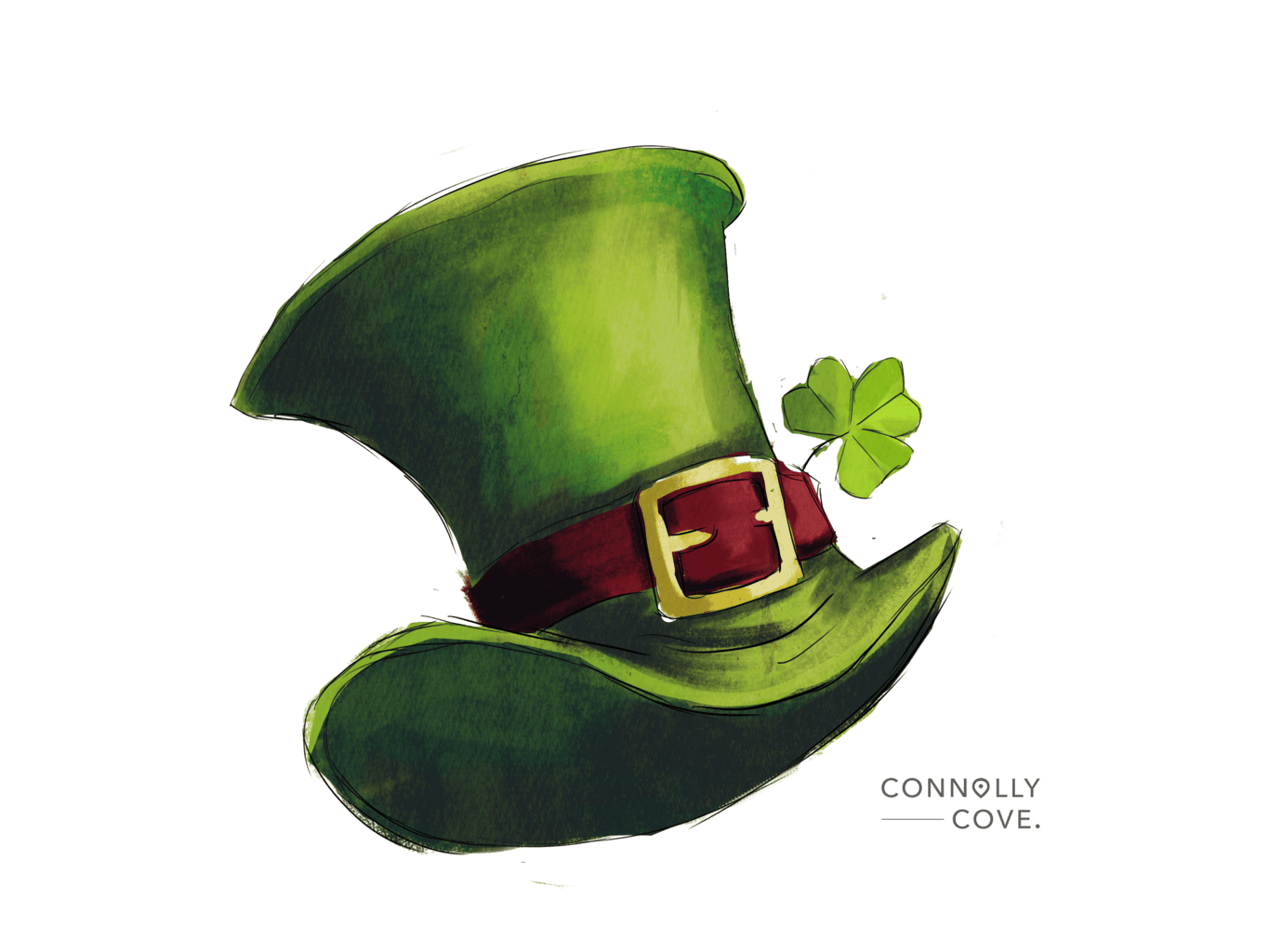
Irish folklore features a plethora of legends and tales that keep the reader regaled for hours. Like most legends around the world, the leprechaun’s tales have been told for many generations. The more years go by, the more their legends are altered, mainly to fit the evolving ideologies of our modern society. Such alterations can make the fine line between fact, and fiction can become quite hazy.
With that being said, if you were ever to set foot in the rural parts of Ireland, you might come across those who claim to hear whispers of those tiny creatures. Some would even go further, claiming they catch glimpses of the beloved tricksters among the trees. Things can get really confusing when locals swear to have seen the elusive elves. Knowing that European Law protects those little species is even more perplexing.
Yes, you read that right. Whether you believe it or not, it’s said that the last 236 leprechauns live on the Foy Mountain at Slate Rock in Ireland. Now that old-age question of whether leprechauns are real starts to make sense, right? To be clear, leprechauns are but pure figments of imagination; they only exist in folktales and will always remain that way.
The Origin of the Leprechaun
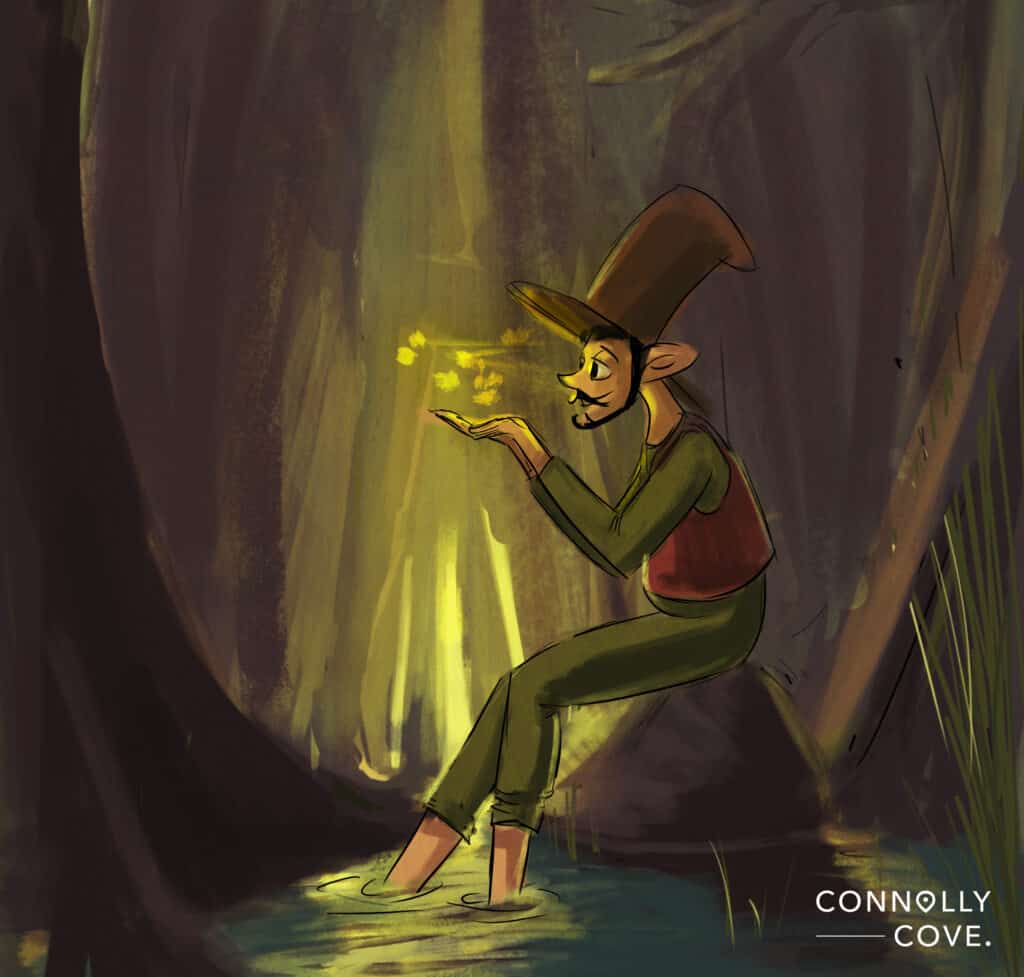
As we delve into the magical worlds of these fantastical creatures, we can’t help but wonder who was the very first to spark their creation into existence. Learning about the origin of the legendary leprechauns can help answer many intriguing questions that are raised by their tales. The very first leprechaun legend is said to be traced to the 8th century when the Celts started noticing little beings living in the waters.
Their inability to identify the movements in the waters led to the imagination of the presence of water spirits. They were too small to be seen; thus, the Celts referred to those beings as “luchorpán” which is Gaelic for ‘small body’. That’s how far the legend’s origin goes, with no more elaboration on how the leprechauns were depicted in those particular appearances found in mythology.
The Appearance of A Leprechaun
For many years, leprechauns have always been associated with the green colour. Their portrayals always involve short men in green suits and green hats with a pair of buckled shoes and holding a pipe. However, if you dug deeper into the origin of their appearance, you’ll realise that green was their evolved form, and they actually used to wear red.
No one knows why a leprechaun was usually associated with red, but some believe that they were just distant cousins of clurichauns, who always wear red. The latter was another trickster fairy of Irish mythology. People usually confused them, for they shared some physical similarities, like being male fairies, hard to catch, and possessing a deceptive nature.
Both creatures may share many similarities, especially their fashion choices, which led to lots of confusion. As a result, the colours of the leprechaun’s attires were changed later to set the identities of the two fairies apart. Opting for green didn’t only make the leprechaun stand out from other similar creatures. Still, it made more sense to be closely associated with Ireland, given its flag and title as the Emerald Isle.
Exploring the Leprechaun’s World in Celtic Mythology Through These Enthralling Facts
For as long as leprechauns have been known in Celtic mythology, they’ve always been regarded as a mischievous and trickster bunch. While no folktales have claimed them as harmful, humans grew worried about their playful nature and penchant for pulling pranks. Their small stature may suggest otherwise, but catching one is pretty challenging.
In fact, they have always been a subject of amazement in Irish folklore. There’s so much to learn about the small-bodied fairies that will pique your interest. Although many may warn you against crossing paths with them, there’s no harm in learning about their little world. Thus, here are intriguing facts about those elusive beings that will regale you.
1. They’re Bigger Than You Think
Everybody knows that leprechauns have a small stature, but how small are they? Well, many believe them to be those tiny fairies similar to the ones we usually see in animated films, but folktales suggest otherwise. According to Celtic mythology, a leprechaun can be as tall as a 3-year-old child, and yet, that doesn’t change the fact that catching one isn’t an easy feat.
2. They Were the First Race to Settle in Ireland
How these creatures were ever brought to life has always been a matter of debate. Some claim that the Celts used to see water-dwellers, the luchorpan, and that’s how the notion of a small fairy came to be. Yet, another theory professes that leprechauns were among the first settlers of Ireland, belonging to the famous supernatural race of the Tuatha Dé Danann.
3. Their Clurichauns Cousins Are to Blame
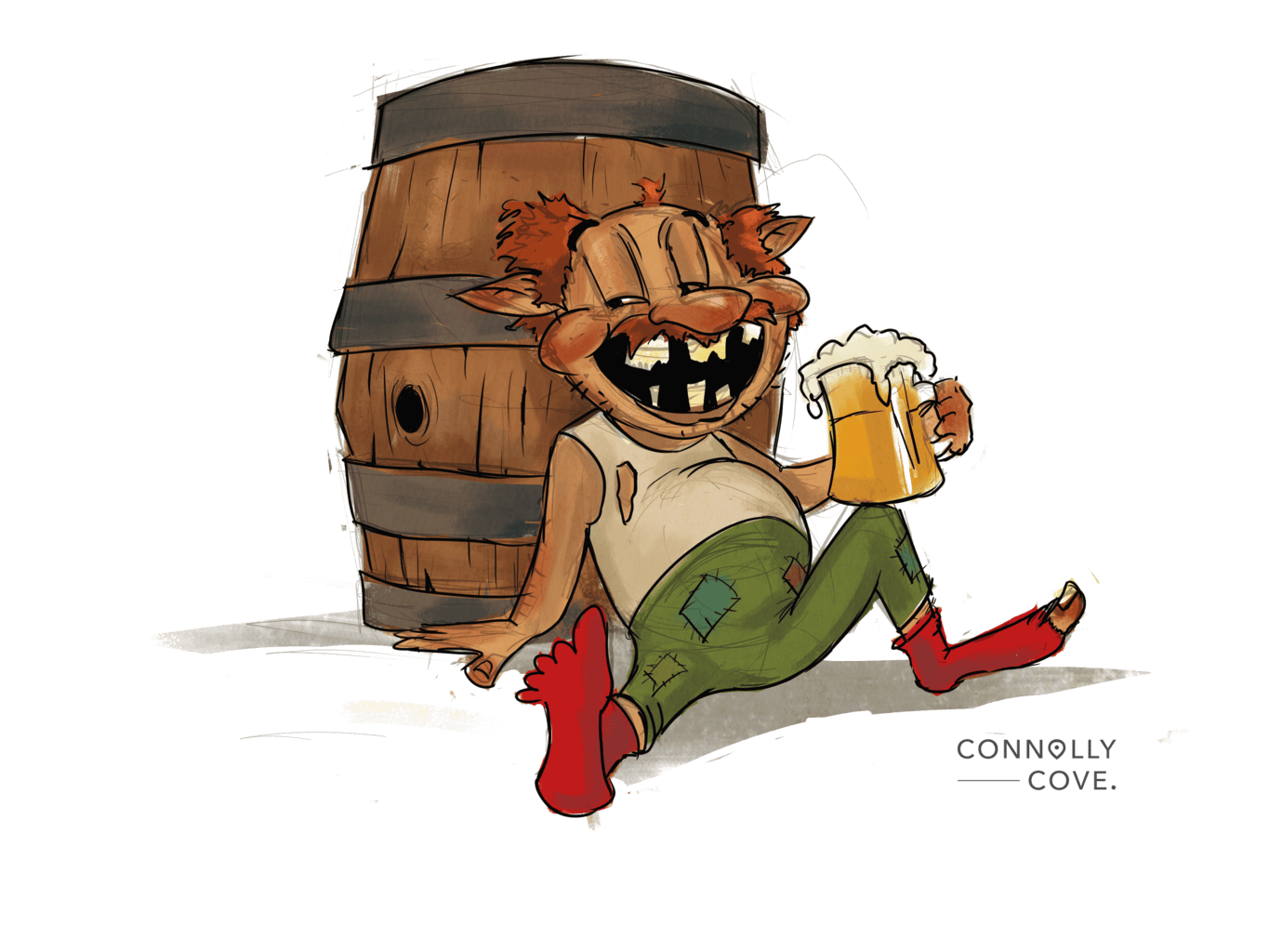
Unfortunately, there has always been confusion between leprechauns and their less-than-friendly counterparts, the clurichauns. Both may share many physical traits, yet they’re quite different regarding their behaviour. According to folktales, the clurichans are often depicted as sly creatures who are constantly drunk and raiding wine cellars for their own indulgence.
Their troublesome behaviour has given the leprechauns a tainted reputation. In order to avoid being mistaken for their exasperating counterparts, it’s said that the Irish fairies took green as their signature colour. Other theories suggest that both creatures are the same, with the leprechauns getting drunk at night and turning into the tipsy creatures that are the clurichauns.
4. Leprechauns Are Solitary Beings
A leprechaun isn’t only a bearded tiny old man dipped in green from head to toe; it’s also a solitary fairy with a penchant for all things creative. They also don’t live in packs; each of them lives on his own in a secluded place, protecting his gold pots and treasure while making shoes and brogues. This also brings us to the fact that those little fairies are known to be the best cobblers in the fairy world, which is also believed to be the reason behind their affluence and wealth.
5. The Leprechauns Are Always Males
Growing up with plenty of animated films to watch, we’ve always been fascinated by the whimsical benevolent fairies that were often good-natured females. Yet, the Irish folklore presents fairies that have always been men, with no traces of a female leprechaun. There have been whispers that female versions did exist in older legends but were somehow forgotten and overshadowed by their male counterparts.
It requires some deep digging into the more obscure tales of Irish mythology to confirm this. Until this happens, one must say that the existence of females only makes sense; otherwise, their race would have been really extinct by now unless they’re immortal creatures.
6. In the Fairy World, They’re Successful Bankers
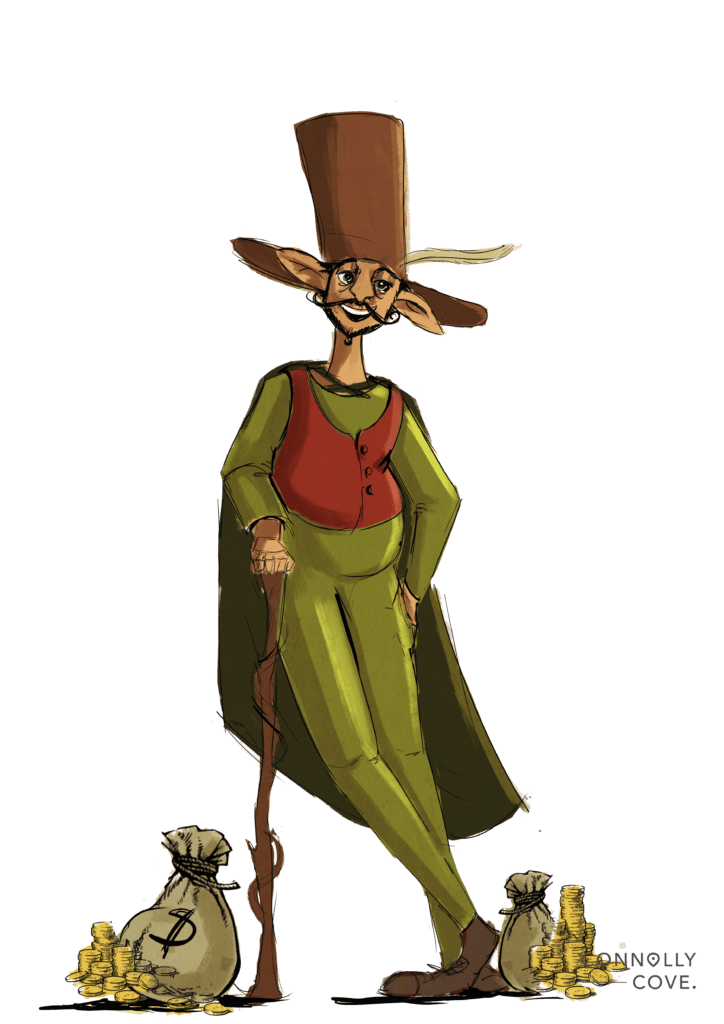
Leprechauns are known to be the cobblers of the fairy realm. They’re famous for their craftsmanship and artistic prowess. Yet, it seems that shoes aren’t the only thing they are good at handling; they’re also good with money; no wonder they’re wealthy. It’s said that they were successful bankers in the fairy world, having a knack for handling finances cleverly. Legends have it that they worked as bankers to ensure other fairies wouldn’t waste their money.
7. They’re Excellent Musicians Too
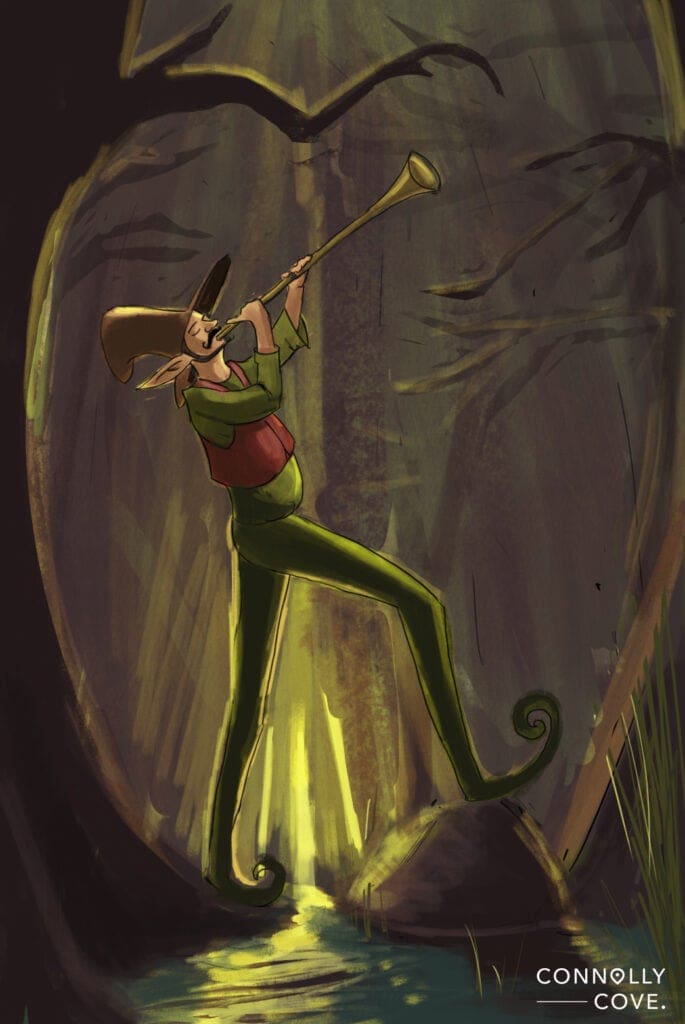
The artistic nature of a leprechaun doesn’t stop at making fine shoes and brogues; this little fairy is also known to be good with musical instruments. According to folktales, leprechauns are gifted musicians who are capable of playing the tin whistle, fiddle, and harp. They also enjoyed singing and dancing so much that they hosted vibrant music sessions every night.
8. Humans Turned Them into Sneaky Creatures
In the folktales of old Ireland, catching a leprechaun means he would have to tell you about the location of his treasure and gold pots, tucked away at the end of the rainbow, as they say. Ergo, they became a target for humans. Of course, it was an easier way to become wealthy and pay your bill than working a regular job.
For that very reason, they had to develop their cunning skills to outwit humans and evade their greedy nature. Humans aided in turning leprechauns into the sneaky creatures they’ve become known for being. There’s another story version that claims that if you manage to catch a leprechaun, he has to grant you three wishes. But be warned; the little fairy may succeed in slipping away before granting these wishes, leaving you disappointed.
9. Being Kind to Them Really Pays Off
Mentioning the mystical creature, the leprechaun, is often accompanied by alluding to its sly and sneaky nature. Little do people reveal the less-known facts that they can be really generous when treated with kindness. There was that old tale about a nobleman who offered a leprechaun a ride, and the luck he received in return was nothing near his expectations. The said-to-be-trickster filled his castle with gold as a sign of showing his gratitude.
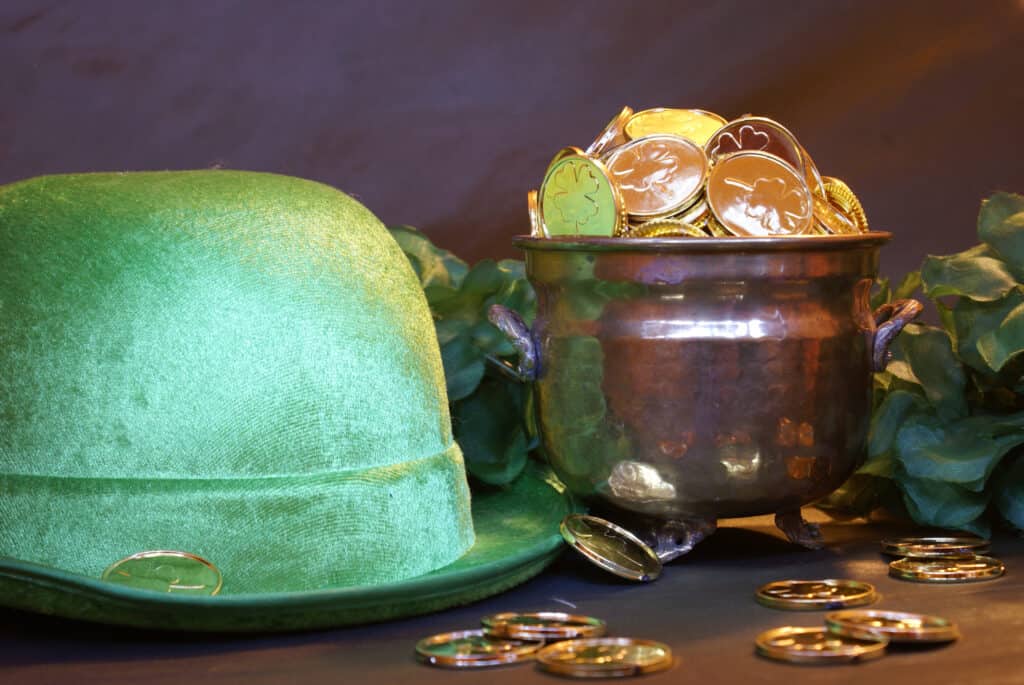
10. Irish Workers Refused to Build Fences for the Little Fairies’ Sake
The belief in the existence of the tiny leprechaun creature goes way back in time. An article published in The New York Times in 1958 stated that 20 Irish workers rejected building fences on a particular land, believing that the little fairies resided around there. They also thought the fences would disturb the leprechauns’ lives and confine their freedom to roam around.
11. Leprechaunism Is A Rare Disorder
In the medical world, a rare disorder was discovered that resembles the characteristics of a leprechaun, commonly known as leprechaunism. The condition happens to very few people, with less than 60 cases recorded in medical history. It has something to do with insulin resistance, where the affected person can grow taller and have a low percentage of muscle mass and body fat. The scientific term for the disorder is Donohue Syndrome, which doctors widely use to avoid irritating the patients’ families, who find the term leprechaunism offensive.
Why Is the Leprechaun Often Associated with St. Patrick’s Day?
On St. Patrick’s Day, people gear up and get ready to celebrate the rich history of the Irish culture. Parades and Irish-themed music fill the streets, creating a joyful ambience. Everything also turns green, including the food, outfits, and literally everything. As previously mentioned, this colour is often associated with Ireland for being called the Emerald Isle, but what does the leprechaun symbol have to do with St. Patrick’s Day?
Well, although there has never been a direct relation between St. Patrick’s Day and the leprechauns, they are both deemed iconic symbols of Irish culture. People show pride in their heritage by exhibiting everything related to it, including the famous leprechaun legend while honouring Saint Patrick himself.
The national holiday takes place on the 17th of March every year. And, if anything, we believe that people take it as an excuse to dress as leprechauns and have fun performing tricks and making a leprechaun trap.
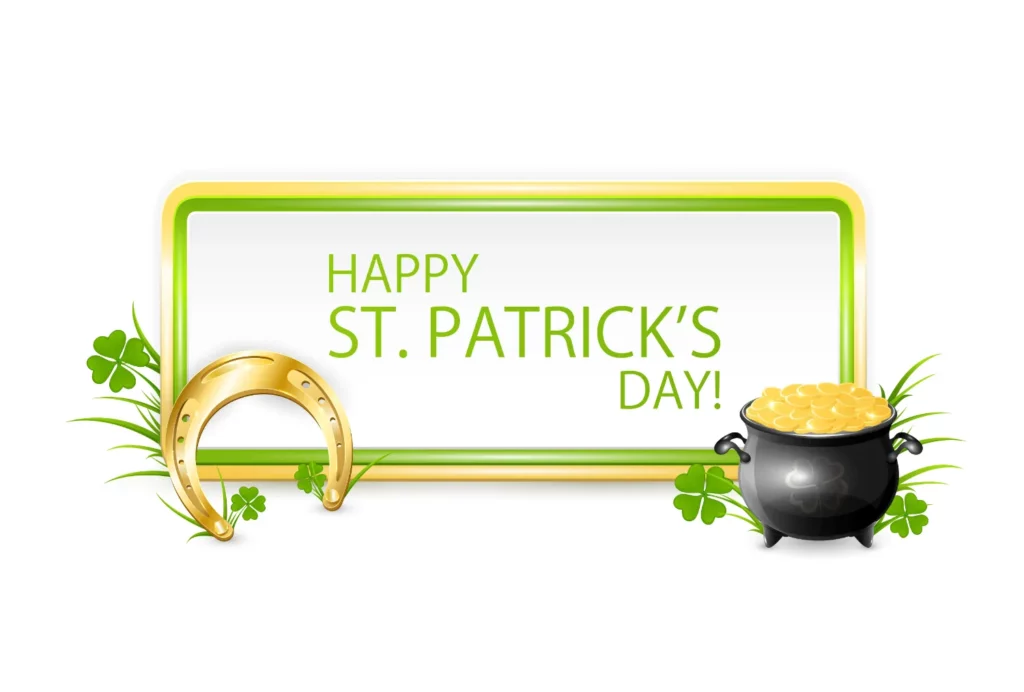
One theory connects the two symbols with the famous Irish shamrock symbol; it appears on the leprechauns’ hats and is deemed the symbol of the Holy Trinity by Saint Patrick. While there isn’t really an actual inherent link, it doesn’t seem that this custom would fade away any time soon, especially after modern culture has already solidified their association with one another.
Leprechauns have always been ingrained in Irish culture, becoming even a symbol of luck, given their famous pots of gold. No matter how this legend started, it will always remain favoured by people all over the world, not to mention that we all secretly wish that leprechauns exist for real so that we can have some of our wishes granted.



